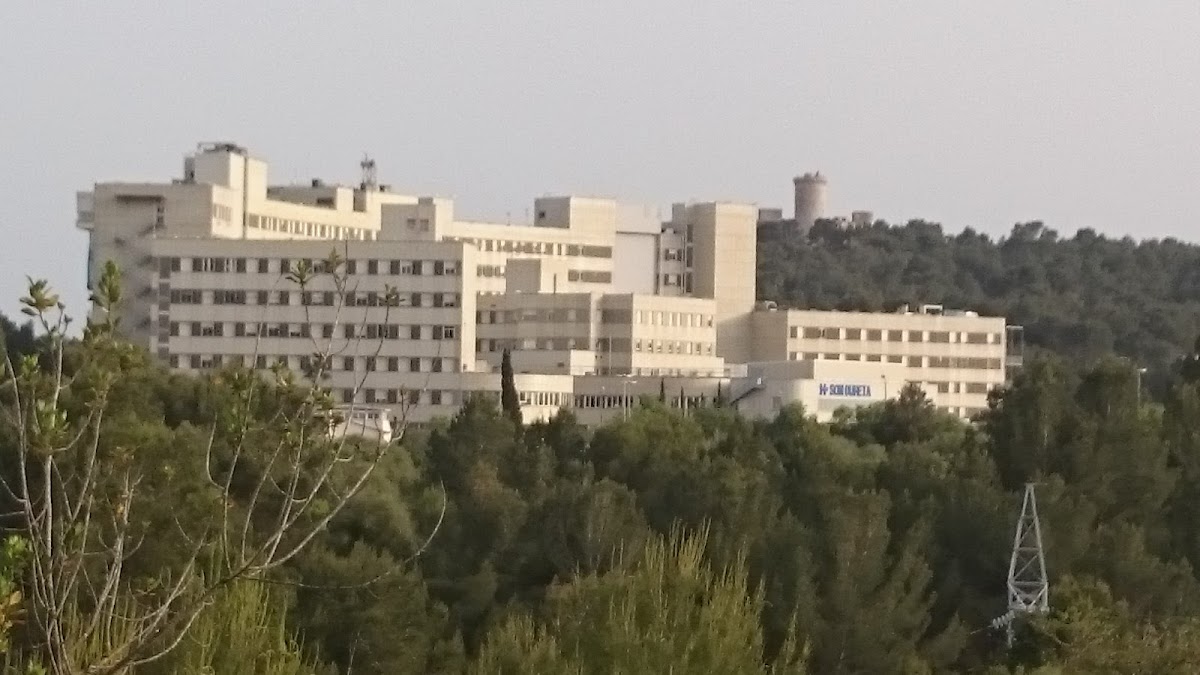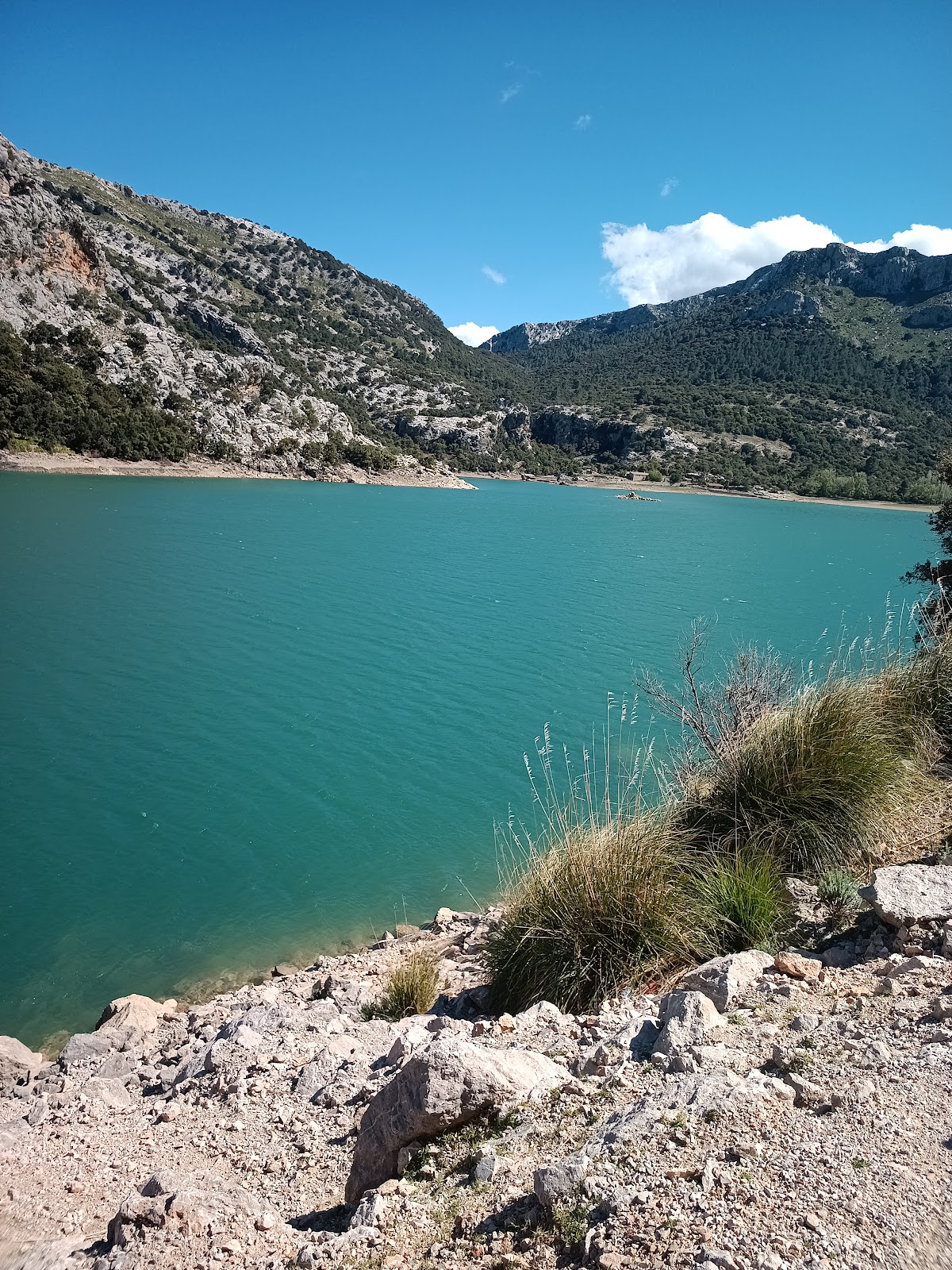Drinking Water on Mallorca
Updated May 29 2025
The quality of city water in Mallorca varies from place to place. In general, the water is safe to drink, as it meets EU standards. However, due to its high mineral content, particularly calcium and magnesium, some visitors and locals prefer bottled water for drinking. In urban areas like Palma, the water is treated and regularly tested to ensure its safety. While it is potable, the taste might not be to everyone's liking, which is why filtering systems are commonly used in households and restaurants.
Public Aqua Water Fountain Stands
Mallorca boasts numerous public aqua water fountain stands, particularly in cities and larger towns. These fountains provide free drinking water and are a convenient option for refilling water bottles. They are usually well-maintained, ensuring safe and clean water for both locals and tourists. It's advisable to look for signs indicating that the water is potable, as some fountains may only be intended for ornamental purposes.
Old Stone Fountains and Streams on Hikes
While exploring the island's scenic hiking trails, you might encounter old stone fountains or natural streams. It's generally not recommended to drink directly from these sources, as the water may not be treated or tested for safety. If you find yourself in need of water during a hike, it's best to carry a portable water filter or purification tablets. Always exercise caution and prioritize your health.
Water Capture for Drinking and Farming
Mallorca's water management is a testament to its adaptation to a Mediterranean climate with limited rainfall. The island captures its water through a combination of reservoirs, wells, and desalination plants. Gorg Blau and Cúber are two of the main reservoirs situated in the Tramuntana Mountains. These reservoirs play a crucial role in supplying water for agriculture and consumption.
Water Infrastructure: Towers and Reservoirs
The island's infrastructure includes a network of water towers and reservoirs to store and distribute water efficiently. These facilities ensure that even during peak tourist season, when demand is high, water supply remains stable. The desalination plants, which convert seawater to potable water, are especially important in maintaining water availability during dry spells.
Water Hardness and Its Implications
The hardness of water in Mallorca is something that visitors should be aware of. The high levels of minerals like calcium and magnesium can affect both taste and the performance of appliances such as kettles and coffee machines. Using a water filter can mitigate these effects and is common practice in homes and businesses. Understanding water hardness can also help in making informed choices when it comes to drinking water and its usage.
Water Shortages and Conservation Efforts
Mallorca occasionally experiences water shortages, particularly during the hot summer months. To combat this, the island has implemented various conservation measures, such as promoting water-saving technologies and practices among residents and businesses. Visitors can contribute by being mindful of their water usage, such as by taking shorter showers and reusing towels in hotels.
1. Can you drink the tap water?
| Area | Legal potability | What locals say | Why the taste varies |
|---|---|---|---|
| Palma & most coastal towns | Meets all EU / Spanish standards | Many still filter or buy bottled because the water is very hard (≈ 300–400 mg/L CaCO₃) and slightly salty from chloride ions. | Blend of mountain-reservoir water, wells and desalinated seawater – the mineral mix shifts week-to-week. |
| Interior villages on well water | Usually potable, but periodic nitrate/bacteria alerts | Check bar/hotel notices; many homes have cisterns | Heavy agriculture and ageing septic tanks raise nitrate levels in some aquifers. |
| Exceptional bans | Sa Pobla (May 2025) declared its supply “not fit for human consumption” after lab failure | Residents queued for bottled water supplied by the council | Bacteriological contamination in the municipal network. |
Bottom line: Tap water is technically safe almost everywhere, but if you dislike a chalky or briny taste, use a jug filter or buy the 8 ℓ “garrafa” bottles sold in every supermarket.
2. Where Mallorca’s water comes from
| Source | Normal contribution | Notes |
|---|---|---|
| Mountain reservoirs – Cúber & Gorg Blau | 15 – 25 % | Gravity-fed into Palma via the Almandrà aqueduct. Levels swung from 26 % (Oct 2024) to 60 % (Mar 2025) after spring rains. |
| Groundwater (200+ wells) | ± 50 % | Over-pumping causes seawater intrusion on the coast and nitrates inland. |
| Desalination plants – Bahía de Palma (30 000 m³/d), Alcúdia (14 000 m³/d), Andratx (8 000 m³/d) | 20 – 35 % in dry years | Switched on full-time during drought; reverse-osmosis lowers hardness. |
Mallorca has no classic water-towers; pressure is maintained by electric pumps and high-level service tanks.
3. Public refill fountains (“fonts”)
Palma’s utility EMAYA has fitted 70+ stainless-steel refill points across parks, squares and the airport. The water is network water passed through a carbon block – cooler and less chlorinated. Free to use; a smartphone app maps every fountain.
Outside Palma you’ll find occasional municipal fountains, but they are far less common.
4. Decorative stone fountains & rural springs
Old lion-head or gargoyle fountains in towns and monasteries recirculate untreated water. Unless a plaque reads “agua potable” (rare), assume NOT drinkable; the same goes for streams in the Tramuntana. Torrents run only after rain, pick up farm run-off, and can turn into lethal flash floods (seven hiking deaths since 2017, two in 2024).
Hiking tip: carry ≥ 2 ℓ per person and, if you must top-up, use a good filter or boil.
5. Water shortages & restrictions
-
Drought alerts: 5 of 7 supply zones were on pre-alert or alert in late 2024 as reservoirs dipped below 30 %.
-
Local limits: Rural towns such as Banyalbufar, Algaida and Porreres capped use to 150 ℓ pp/day and, at times, cut off supply to farmhouses for several hours daily.
-
Campaigns: Palma’s 2024 drought-plan asks residents to cut shower times and bans hose-pipe pool refills when reserves fall under 35 %.
Reservoir recovery in spring 2025 eased rules, but officials warn that climate-driven variability makes desalination a year-round pillar and conservation habits essential.
6. Practical take-aways
- Carry a reusable bottle – refill at EMAYA fountains or hotel taps.
- Filter, don’t haul – a simple charcoal jug removes the “pool” taste.
- Check municipal notices if you’re staying inland; bans are posted on town-hall Facebook pages.
- Respect drought rules – fines for illegal pool-filling run to €3 000+.
Mentioned in This Guide
Explore all the locations mentioned in this guide on the map below.
Gorg Blau
Gorg Blau, 07315, Balearic Islands, Spain
Son Dureta
Son Dureta, Ponent, Palma, Illes Balears, Spain


